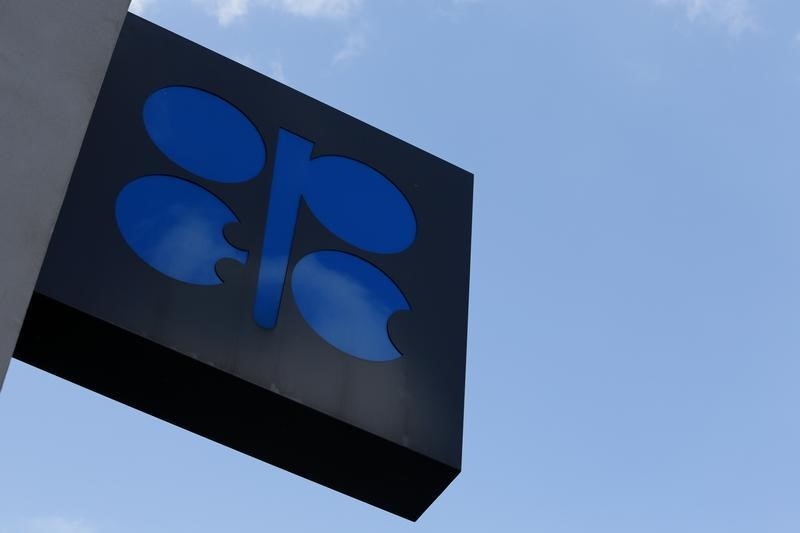By Alex Lawler
LONDON (Reuters) - OPEC's oil output rose in April to close to the highest level in recent history, a Reuters survey found on Friday, as production increases led by Iran and Iraq more than offset a strike in Kuwait and other outages.
Top exporter Saudi Arabia, however, made no major change to output, the survey found, despite the kingdom hinting it could boost supply after OPEC and non-member nations failed to agree to freeze output at a meeting on April 17.
Oil (LCOc1) has rebounded more than 75 percent from a 12-year low in January to reach $48 a barrel, helped by the freeze initiative and signs that lower prices are starting to curb higher-cost supply, despite high inventories and other persistent reminders of a glut.
"The market is massively oversupplied," said Eugen Weinberg, analyst at Commerzbank (DE:CBKG) in Frankfurt. "This rally doesn't have strong legs."
Supply from the Organization of the Petroleum Exporting Countries rose to 32.64 million barrels per day (bpd) this month, from 32.47 million bpd in March, according to the survey, based on shipping data and information from sources at oil companies, OPEC and consultants.
That almost matches January's 32.65 million bpd, when Indonesia's return as an OPEC member boosted production and output from the other 12 members was the highest in Reuters survey records, starting in 1997.
OPEC output has surged since it abandoned in 2014 its historic role of cutting supply to prop up prices, led by higher supply from Saudi Arabia and Iraq.
Iran saw the sharpest increase in production in April after Western sanctions were lifted in January. Tehran, which wants to recover the market share it lost, has refused to limit its supply until it reaches pre-sanctions output.
At 3.40 million bpd, Iranian output is within sight of the 3.50 million bpd it pumped at the end of 2011 before sanctions were tightened, according to Reuters surveys. However, some of the crude may have come from storage, giving a temporary boost to April supply, sources said.
Iraq, which saw the fastest growth in production in OPEC in 2015, also raised output. Southern exports have risen to what may be a new record in April - depending on whether tankers loading at the end of the month are treated as April or May. Shipments of Kurdish crude from the north also rose.
OPEC's third-largest supply increase in April came from the United Arab Emirates, following the end of maintenance work on oilfields that produce Murban crude.
Of the countries that reduced output, the largest decline was in Kuwait due to a three-day workers' strike which temporarily more than halved oil output and curbed refinery operations.
Nigerian output fell due to the continued lack of Forcados crude exports and a brief disruption to shipments of another stream, Brass River. Repairs on a pipeline to the Forcados terminal will take until June, the government said.
Loading problems, power failures and other problems dented Venezuela's supply by an estimated 40,000 bpd. Oil services firm Schlumberger (N:SLB) is cutting activity in the cash-strapped nation, posing a threat to future output.
Saudi Arabia kept output steady compared with March, sources in the survey said, even though use in domestic power plants is rising. Saudi production was estimated at 10.15 million bpd versus 10.18 million in March.
"Exports are lower," said a source who monitors Saudi output. "The month is not over yet so let's wait for the final number, but that's what I am seeing here and now."

OPEC meets on June 2 in Vienna and may discuss the freeze initiative again. However, OPEC officials have been encouraged by the price recovery, which may take the urgency out of a renewed attempt to forge a deal.